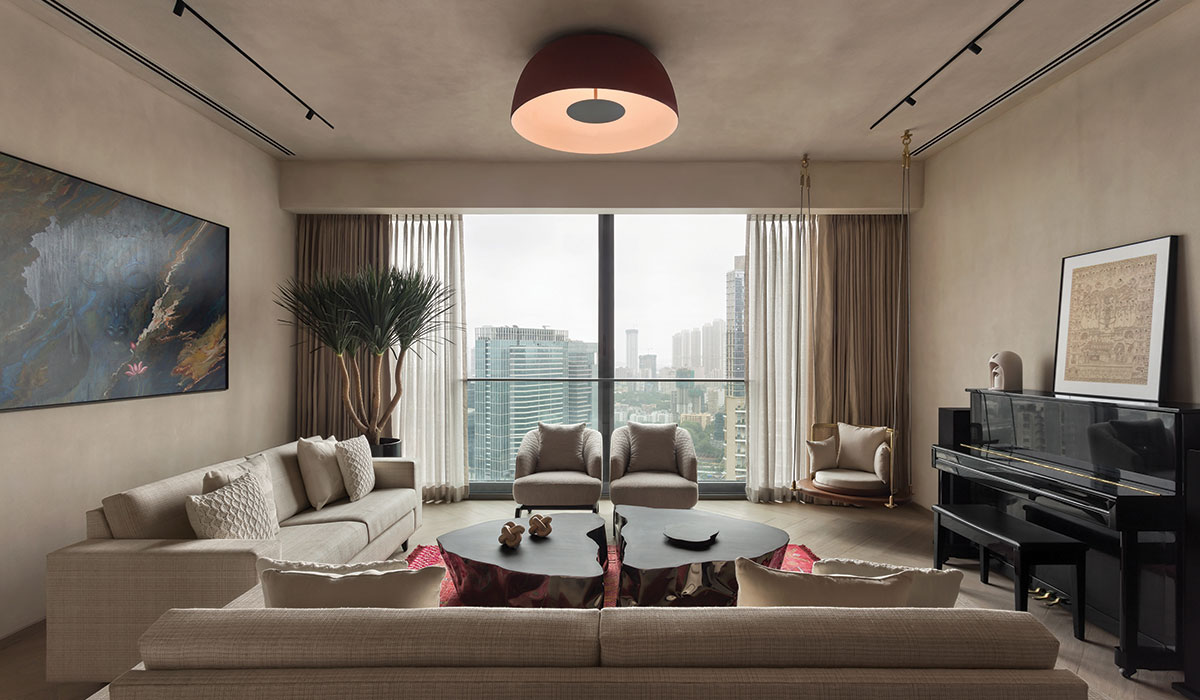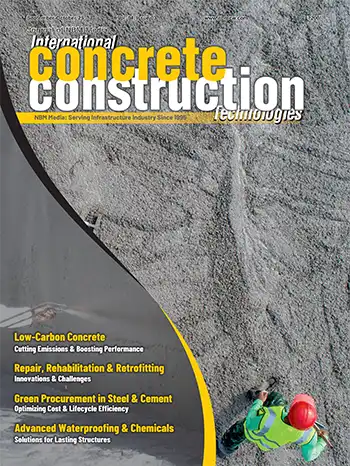We see an upward movement in the awareness towards sustainable design practices and a subsequent increase in the availability of material finishes that promote this singular line of thought.
Saahil Parikh
The use of solar passive planning techniques often proves to be one of the most fundamental and effective way of developing a sustainable approach towards design. For example, courtyards, weather shades, verandas, and facilitating cross ventilation always works while building in the tropics.

From an interior design perspective, the use of locally available or sourced materials reduces the carbon footprint of a project. One could work with local marbles and granites for floors and bathrooms owing to the availability of a large range of exotic local marbles and granites. Lime and cement finished paints for walls and ceilings introduce a certain textural quality, adding an additional layer of depth to the project.
The use of recycled or upcycled building materials also ensures a step towards sustainable design practices. As a studio, we strongly promote working with recycled teak wood. The sensual rawness of the wood plays a pivotal role in shaping our signature aesthetic. It can be used effectively for floors, doors, windows and furniture.
















